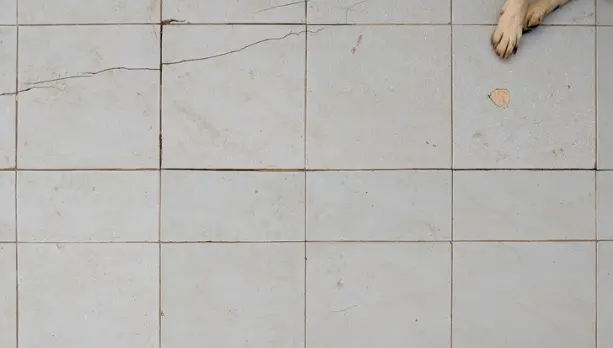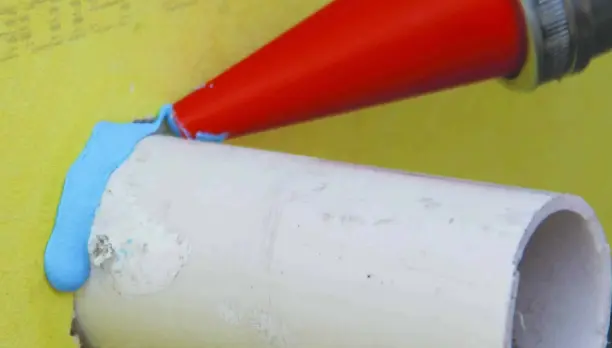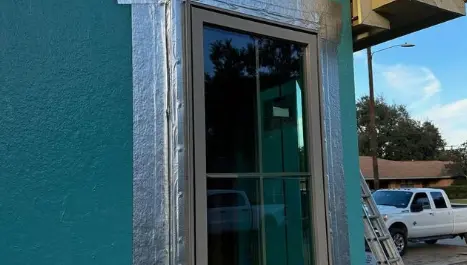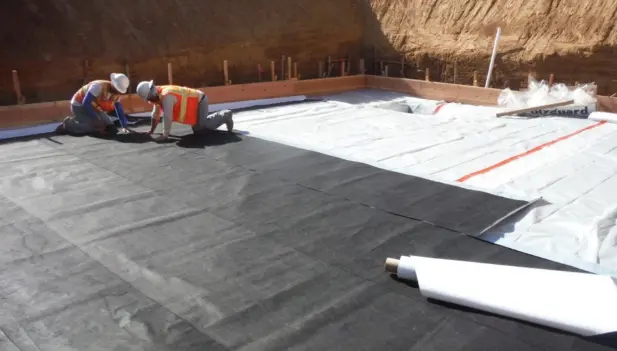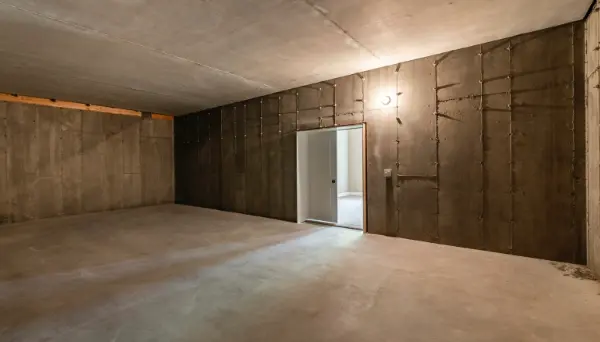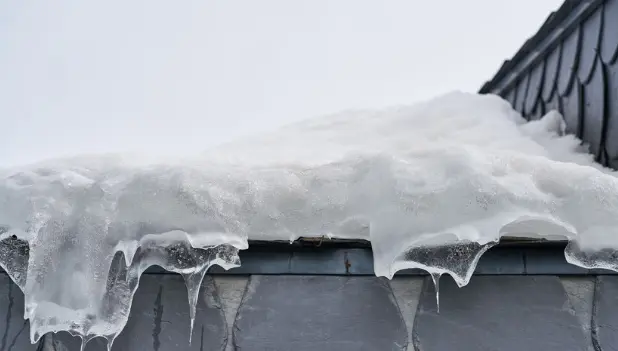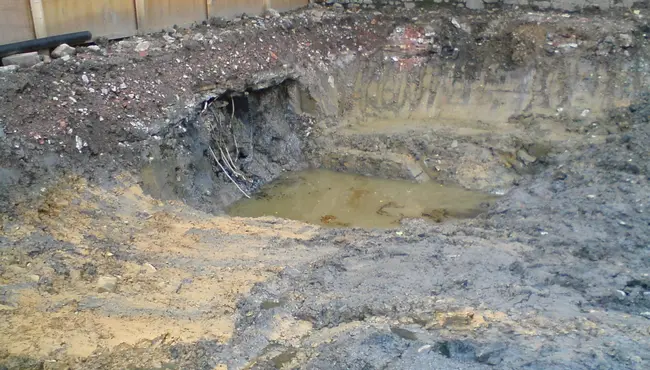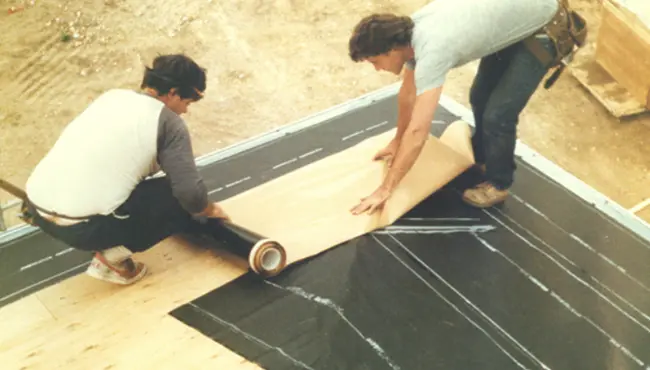Cracked tiles, moisture damage, and uneven floors are problems no one wants to face. Selecting the best installation layer for tile floors is essential if you want your tiles to last, looking flawless and performing well for years. Without the right support, even the most beautiful tile installation is destined to fail.
Understanding Tile Underlayment
Tile underlayment is a specialized layer installed between tiles and the subfloor to enhance stability, block water ingress, and improve structural integrity. Unlike basic plywood or cement board, high-quality membranes are engineered to offer comprehensive protection against environmental factors that would otherwise compromise tile installations.
The role of this protective layer goes beyond simply creating a flat surface. It serves as a dynamic barrier that adapts to various challenges such as substrate movement, thermal expansion, and persistent moisture exposure. Without proper support, tiles are vulnerable to cracking, grout failure, and even complete structural breakdown over time. By addressing these issues from the outset, the right tile base ensures a long-lasting, secure installation.
Popular Underlayment Options
The most commonly used support systems include cement backer board, exterior-grade plywood, and self-leveling compounds. Each option offers certain benefits but also comes with limitations that Polyguard’s solutions effectively address.
Cement Backer Board
Cement backer board remains popular due to its rigidity and initial capacity to endure occasional damp conditions. Manufactured from cement and fiberglass mesh, it provides a solid foundation for tiles. However, its rigid nature often results in fractures when applied in areas experiencing constant substrate movement or heavy foot traffic. For example, installations in hotel lobbies or commercial kitchens frequently encounter cracking due to the material’s inability to absorb or dissipate stress effectively. Moreover, cement backer board lacks sufficient waterproofing capabilities, allowing water to seep through joints or penetrations over time.
Exterior-Grade Plywood
Exterior-grade plywood is another common choice, particularly in indoor environments where moisture exposure is presumed to be minimal. While plywood provides some structural support, its vulnerability to swelling, warping, and deterioration remains a consistent drawback. This problem becomes particularly pronounced in settings with frequent spills, damp conditions, or high humidity, where moisture can infiltrate even the most meticulously prepared surfaces.
Self-Leveling Compounds
Self-leveling compounds offer a different approach by providing a smooth, level surface over uneven or damaged base surfaces. This liquid-applied material hardens into a seamless, flat base, ensuring proper tile adhesion. However, it offers no intrinsic protection against water infiltration or structural stress. Contractors must add separate waterproofing membranes to provide any significant moisture control, increasing both labor costs and installation complexity. Additionally, self-leveling compounds do not address the risk of cracks resulting from substrate movement, making them unsuitable for high-traffic areas without further modification.
The Benefits of Uncoupling Membranes
Uncoupling membranes offer a more sophisticated approach to tile installation by creating a separation between the tile layer and the base surface. This decoupling process allows the membrane to absorb stress caused by subfloor movement without transferring that stress to the tile surface. In high-traffic areas such as shopping malls, airport terminals, and office buildings, uncoupling membranes are essential for preventing the formation of stress-related cracks.
Stress Absorption and Flexibility
The primary benefit of uncoupling membranes is their ability to provide a flexible barrier that absorbs and disperses structural movement. Unlike rigid materials like cement board, these membranes are designed to isolate stress points, preventing them from propagating through the tile layer. This technology is particularly valuable in environments where frequent temperature fluctuations or heavy loads create constant pressure on the subfloor.
Addressing Substrate Imperfections
Additionally, uncoupling membranes are commonly used to address substrate imperfections. By providing a layer of separation, these membranes help accommodate uneven surfaces, reducing the risk of cracks or other structural failures. This versatility makes them a preferred choice for installations in both commercial and residential settings where durability and longevity are critical concerns.
Polyguard’s High-Performance Systems
Polyguard offers advanced support systems specifically designed to address common challenges like moisture protection, crack isolation, and long-term durability. Their two flagship products are engineered to outperform conventional options like cement board and plywood.
Tileguard™ Anti-Fracture Underlayment
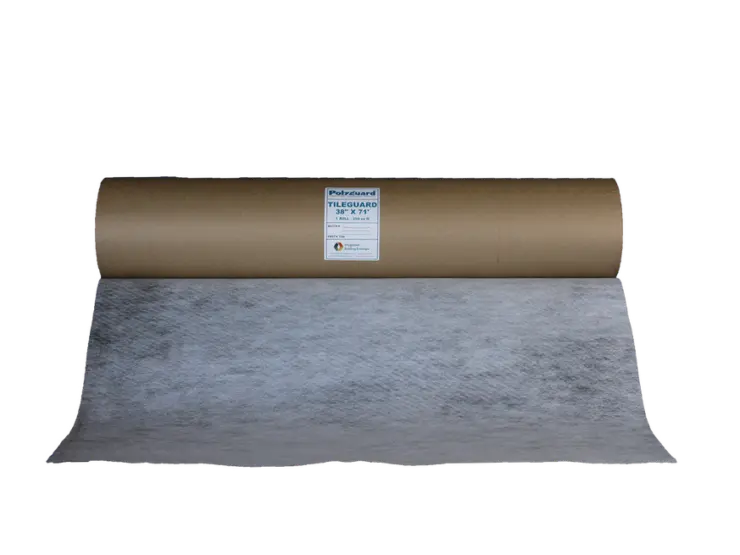
Tileguard™ Anti-Fracture Underlayment is a 40-mil thick composite membrane made from fabric and rubberized asphalt. This elastomeric, self-adhesive solution is designed to reduce the risk of ceramic tile cracking in flooring applications by absorbing stress caused by concrete cracks. Its structure allows it to adapt to subfloor movement without compromising tile integrity, effectively preventing cracks from developing and spreading.
Additionally, Tileguard™ features a peel-off silicone-treated release liner that simplifies handling and installation. The membrane is compatible with a variety of subflooring surfaces and can be installed beneath ceramic or brick flooring using thin or thick tile setting materials. By creating a quieter, warmer, and drier environment, Tileguard™ enhances both the performance and comfort of the tile installation.
TERM® Tile Underlayment

TERM® Tile Underlayment is a composite product combining fabric and TERM Water|Termite|Sealant Barrier, measuring 60 mils in thickness. This elastomeric, self-adhesive barrier provides dual protection against water intrusion and termite infestation, making it a unique underlayment in the tile market.
Installation Best Practices for Polyguard Products
Proper installation is essential for achieving the full benefits of Polyguard’s products. Following Polyguard’s guidelines will ensure optimal moisture protection, crack isolation, and termite resistance.
TERM® Tile Underlayment Installation
- Ensure subfloors are clean, dry, and structurally sound.
- Use Polyguard’s 650-WB Water-Based Adhesive for bonding.
- Overlap seams by at least 2 inches and use a roller to ensure proper bonding.
Tileguard™ Anti-Fracture Underlayment Installation
- Roll out the membrane with the fabric side facing upward.
- Press firmly with a roller to ensure complete contact.
- Allow adequate curing time before tile installation.
Improve Your Tile Installation with Polyguard
When it comes to finding the best underlayment for tile floors, Polyguard provides unmatched moisture protection, crack isolation, and durability. With innovative designs and advanced materials, our solutions enhance the longevity and performance of tile installations. Contact us today for more information.




